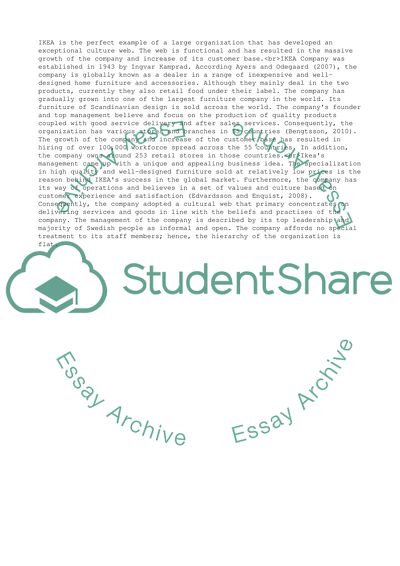Cite this document
(Cultural Web of IKEA Coursework Example | Topics and Well Written Essays - 2250 words, n.d.)
Cultural Web of IKEA Coursework Example | Topics and Well Written Essays - 2250 words. https://studentshare.org/business/1869164-cultural-web-of-ikea
Cultural Web of IKEA Coursework Example | Topics and Well Written Essays - 2250 words. https://studentshare.org/business/1869164-cultural-web-of-ikea
(Cultural Web of IKEA Coursework Example | Topics and Well Written Essays - 2250 Words)
Cultural Web of IKEA Coursework Example | Topics and Well Written Essays - 2250 Words. https://studentshare.org/business/1869164-cultural-web-of-ikea.
Cultural Web of IKEA Coursework Example | Topics and Well Written Essays - 2250 Words. https://studentshare.org/business/1869164-cultural-web-of-ikea.
“Cultural Web of IKEA Coursework Example | Topics and Well Written Essays - 2250 Words”. https://studentshare.org/business/1869164-cultural-web-of-ikea.


